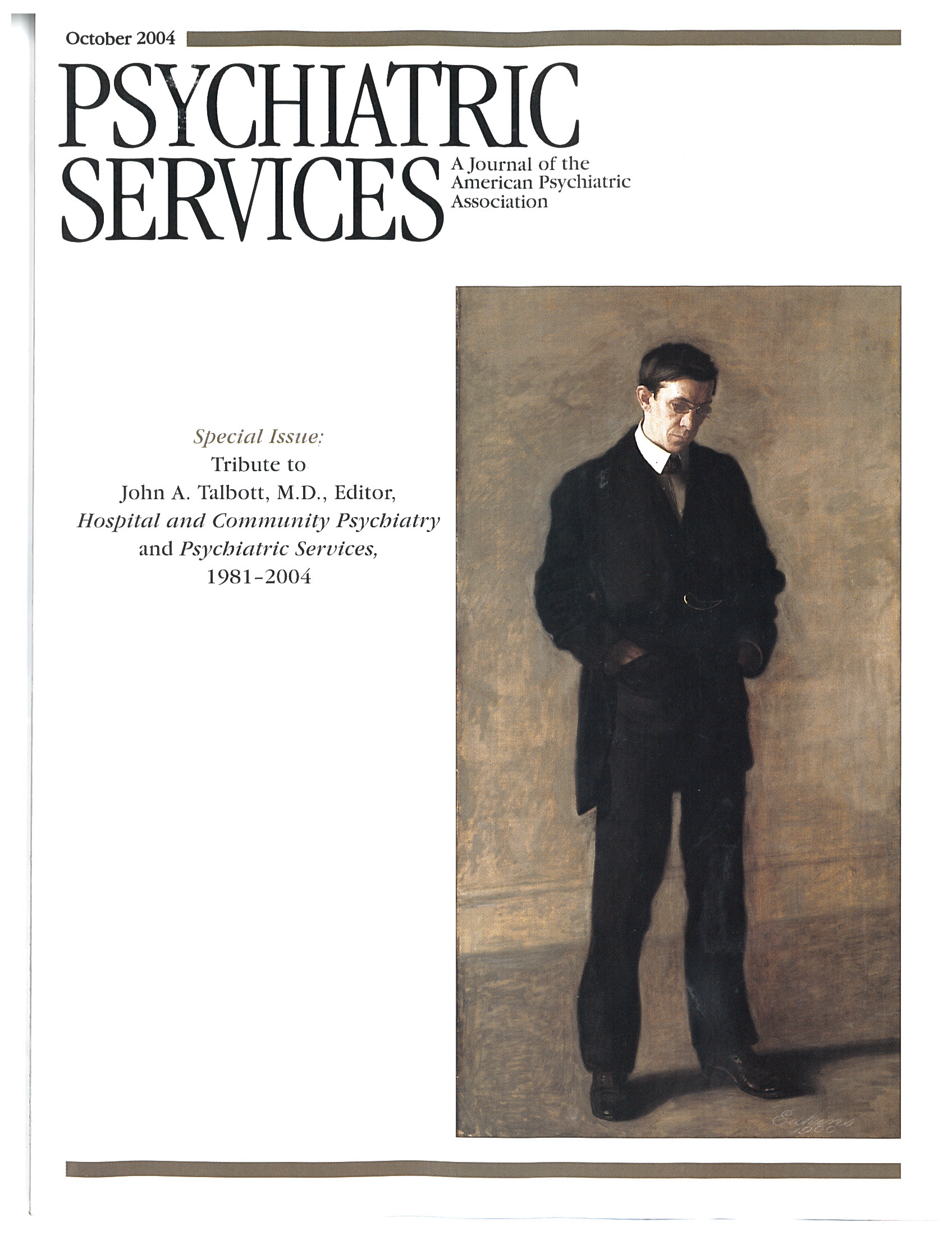Psychiatric House Calls
Psychiatric House Calls is a collection of short stories culled from the experiences of innumerable psychiatrists and condensed into one interesting, enjoyable, and fun volume. The book's editors, John A. Talbot, M.D., and Alan Z. A. Manevitz, M.D., have attempted "to reestablish interest in the psychiatric house call as a valuable, clinical, diagnostic, and therapeutic tool."
The book is organized into several sections, including "The Perils of House Calls" and sections on violence, suicide, child and adolescent psychiatry, the family, geriatric psychiatry, medical-psychiatric problems, alcohol abuse, phobias and anxiety disorders, "Seeing the Patient in a New Light," special treatments, rural settings, community psychiatry, Alaska, "Other Distant Shores," "Historical House Calls," animals, and a summation section, each containing short stories. Unfortunately, the sectional divisions can be misleading as to the contents of the book. For example, on the basis of the section titles, the reader could quite erroneously assume that depression or psychosis were not discussed. It may have been more interesting if the editors had not used this organizational structure and allowed readers to discover each short story for themselves, without preconceptions.
Each story is written by a different psychiatrist and consists of an abstract and a summary, or "moral," at the end. The editors requested that each author adhere to this format, although this approach has the potential to diminish enjoyment of some of the stories; in some situations a moral is not easily forthcoming. Having said that, the stories themselves are beautifully written and a fascinating read. The reader almost feels as though he or she is back there with the psychiatrist making this difficult house call. The writers are descriptive, empathic, and full of pathos about their work. And first and foremost, they are doctors trying to do the best for the patient however they could.
All in all, Psychiatric House Calls is a wonderful book, with a fascinating set of stories that truly brings to life the importance of making house calls for diagnostic, therapeutic, and humanitarian reasons. Having read this book, I feel that we have lost a valuable connection to our patients by no longer making house calls, and so I would say that the editors succeeded in their goals. This is a book that remains valuable for any clinician, whether a psychologist, a social worker, a nurse, or a psychiatrist. The book would also be an excellent addition to the psychiatric residency curriculum; it would allow all residents to get a fascinating glimpse into the value of making house calls.
Dr. Yasmin is affiliated with the School of Public Health and Health Sciences at the University of Massachusetts in Amherst.



